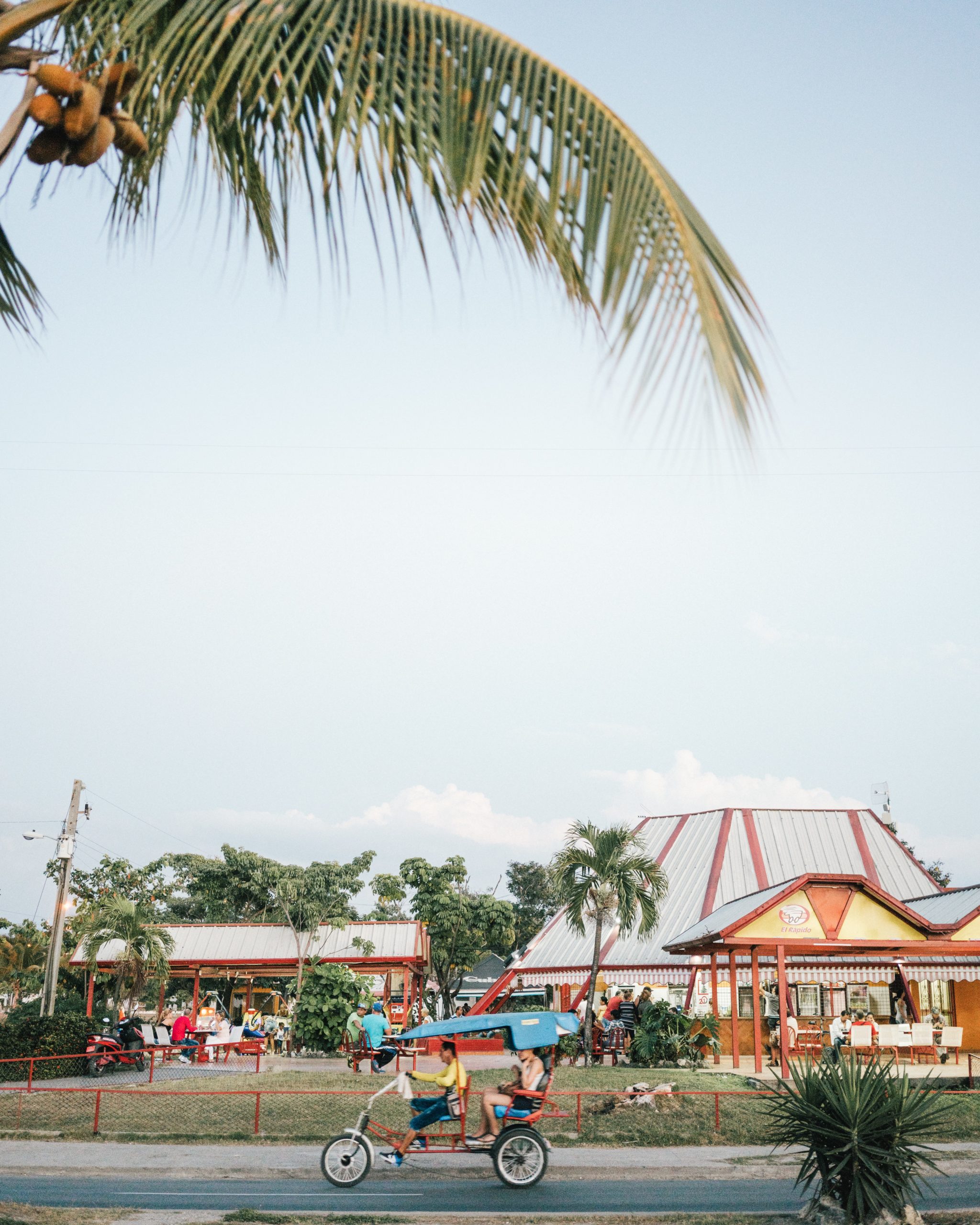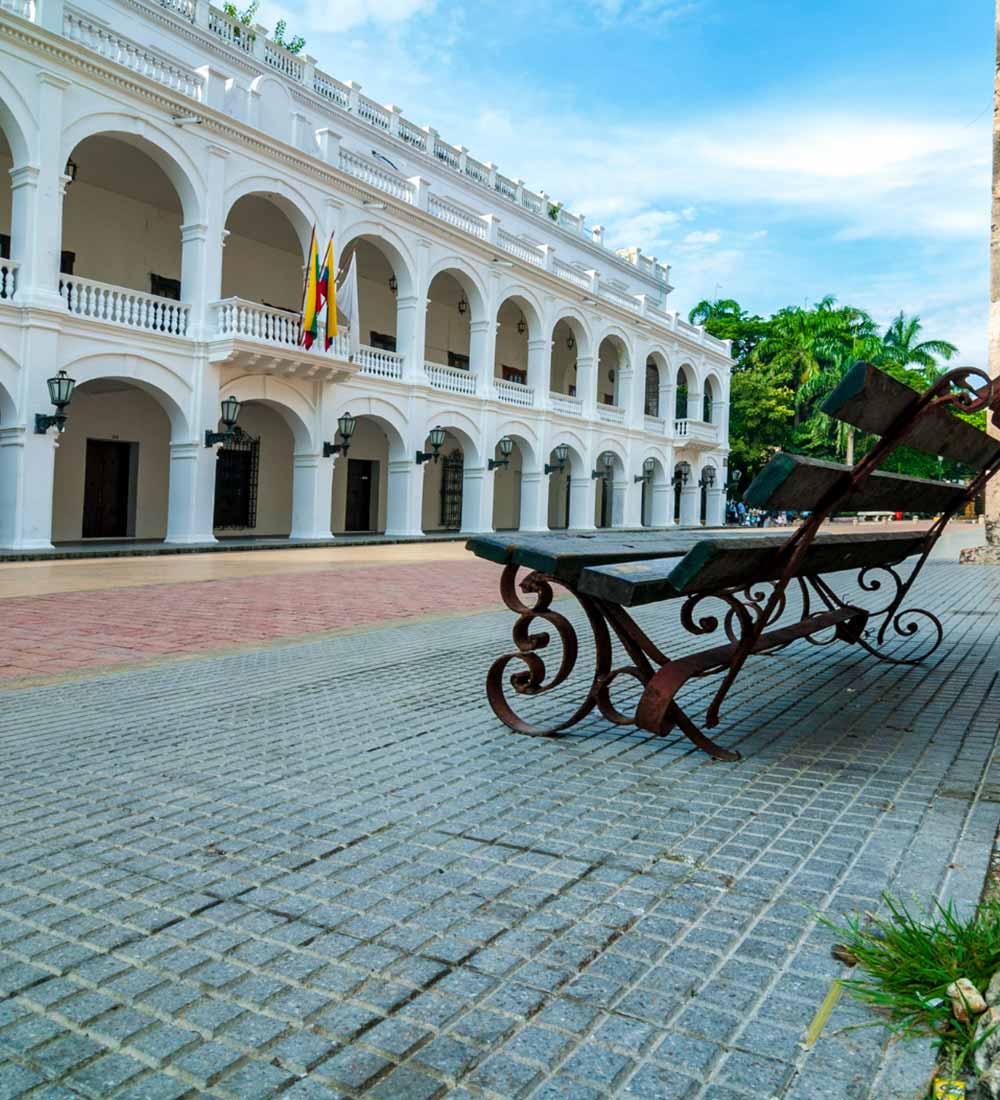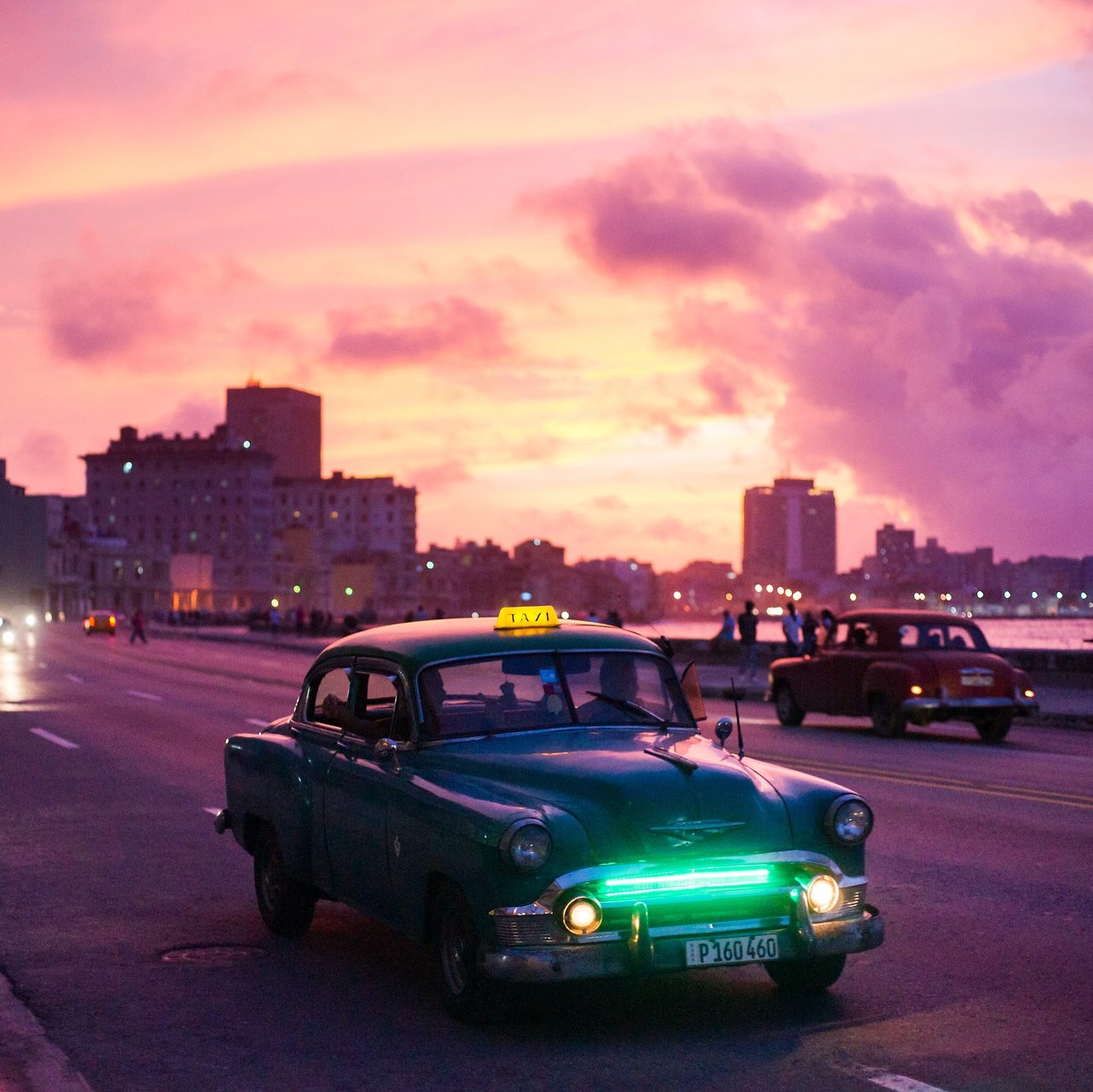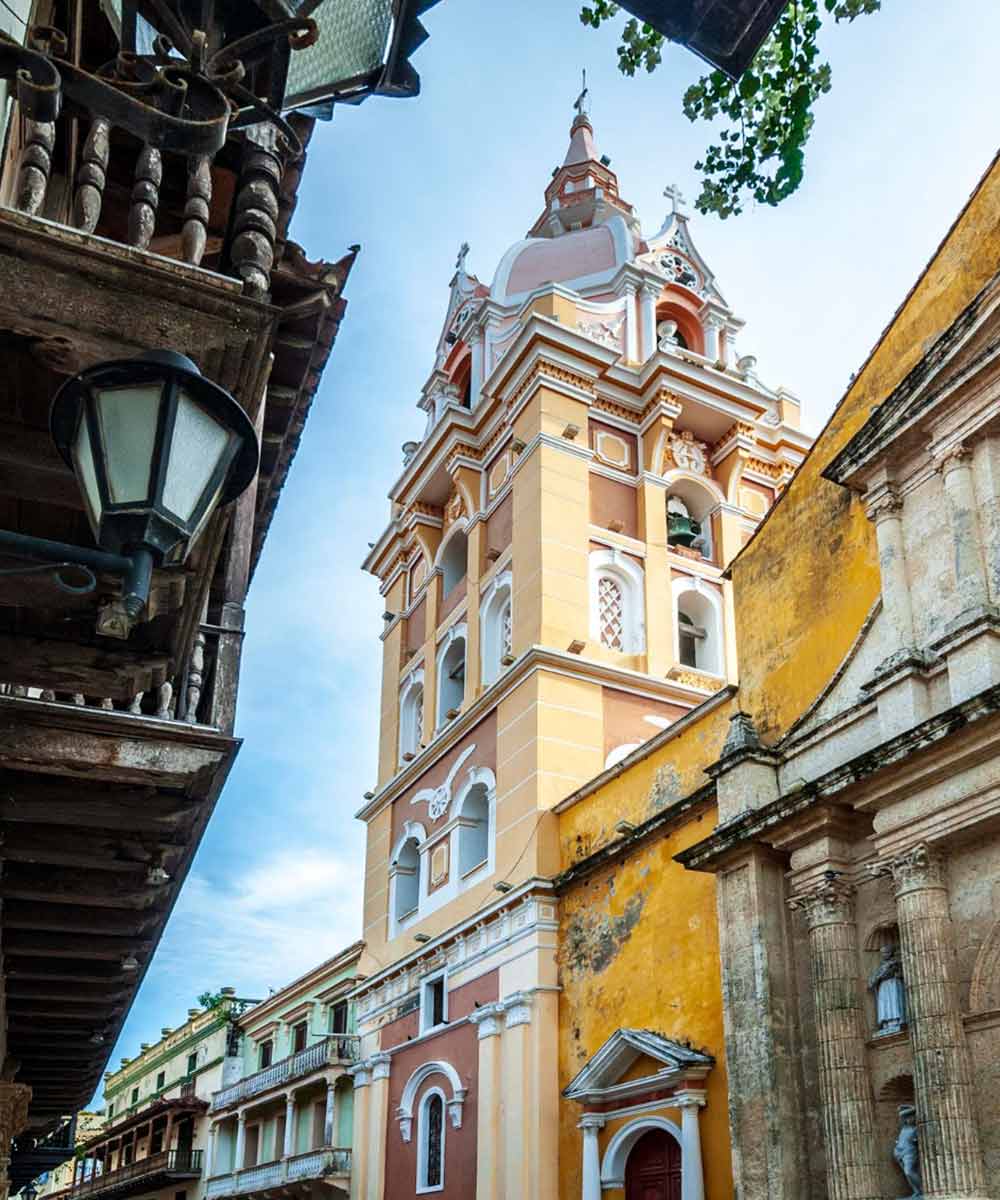11 Facts about Cuba
With over 200 bays and 250 beaches, you’d be forgiven for spending your time in Cuba soaking up the sun, sea and sand. However, there’s more than meets the eye to this sun-drenched tropical paradise and if you care to dig a little deeper, you’ll uncover a fascinating past made all the more interesting by being shrouded in mystery. Here’s just a taste of the infinite crazy facts about Cuba to whet your appetite for adventure.

Geography by numbers…and reptiles?
Cuba is made up of over 4,000 islands and is the most populous country in the Caribbean with over 11 million people. The island of Cuba is the largest in the Caribbean and is nicknamed ‘El Caiman’ or ‘El Cocodrilo’ because when viewed from above, it resembles an alligator. Watch out, this country’s got a bite!
Fancy a drink?
The cocktail consisting of rum, cola and lime known around the world as a ‘Cuba Libre’ is called a a “mentirita,” or “little lie” in Cuba. Oh, and don’t expect it to be served with Coke, as alongside North Korea, Cuba is one of the only two countries in the world where the sale of Coca-Cola is prohibited. Bottoms up!
Money can’t buy you everything…
Christopher Columbus landed on Cuba on October 28, 1492 and it remained a Spanish colony until 1898, despite five different U.S. presidents – Polk, Pierce, Buchanan, Grant and McKinley – trying to buy the island between 1845 and 1898. Speaking of cash, today Cuba has two currencies, one for locals and one for visitors.
Top hats and Monocles Not Welcome
When you travel to Cuba, maybe leave the board games at home, as when Castro seized power, he immediately ordered all game sets of Monopoly to be destroyed, as he believed it promoted American capitalist ideals. Do not pass ‘Go,’ do not collect €200…
Not quite James Bond…
Cuban history reads like a spy novel. The CIA dreamed up at least 8 increasingly bizarre plots (that we know of!) to kill Fidel Castro. One even involved an exploding seashell! All of them failed, as Castro went on to become the longest-ruling non-royal national leader since 1900, having held the position of President for 49 years. In 2016, he died peacefully of natural causes, aged 90.
Take a Break from Technology
Believe it not, until 2008 owning a computer or mobile phone was illegal in Cuba. Even today, internet usage is carefully restricted, and so slow and expensive that it would be unpopular regardless. If you’re bringing your smartphone on your travels, beware of being too snap happy, as it is illegal to take a photograph of any military, police or airport personnel in Cuba.


Musical Icons
John Lennon Park is a great spot to visit. It features a statue of the musical icon that was erected by Castro in 2000, after he declared John Lennon to be a ‘true musical revolutionary.’ However, visitors are not so reverent, as the statue’s glasses have been stolen so many times that there is now a guard there specifically to protect them.
Blast from the Past
From 1960 to 2011, there was an import ban on cars in Cuba, meaning the streets were dotted with retro vehicles with modified parts. Today, there are more modern cars, but classic American cars are still a key feature of the country. Cars remain a luxury that not many Cubans can afford, thus, hitchhiking is a key feature of their culture, to the point where it’s mandatory for government vehicles to pick up hitchhikers. Unfortunately, this only applies to locals, and vehicles without a taxi license are forbidden from picking up tourists. Don’t forget to pack comfortable walking shoes…
Take a Walk on the Wild Side
Keep your eyes peeled, as Cuba is home to the world’s smallest bird, the bee hummingbird, which grows to be just two inches in length. Cuba is also the only place in the world where the prehistoric Manjuari fish can still be found. On the toothier side of things, another native species is the leaping Cuban crocodile. However, it’s critically endangered, so captive breeding projects are in place to help the species recover.
The Home of Dance
Dance is a vital element of Cuban culture, with the iconic Bolero, Mambo and Cha Cha all being invented in the country. Ballet is also incredibly popular across the islands, so be prepared to bust a move.
Seasons Greetings
Christmas did not become an official holiday in Cuba until 1997. Pope John Paul II visited the country in 1998, so Cuba declared it a national holiday to prepare for his visit. If you’re dreaming of a white Christmas, Cuba may not be the ideal place to spend the holidays, as it hasn’t snowed in the country since 1857. However, Cubans do have a great New Year’s Eve tradition: they burn dolls to symbolise forgetting the bad times of the past and looking forward to better times ahead in the coming year. Talk about starting with a clean slate!

